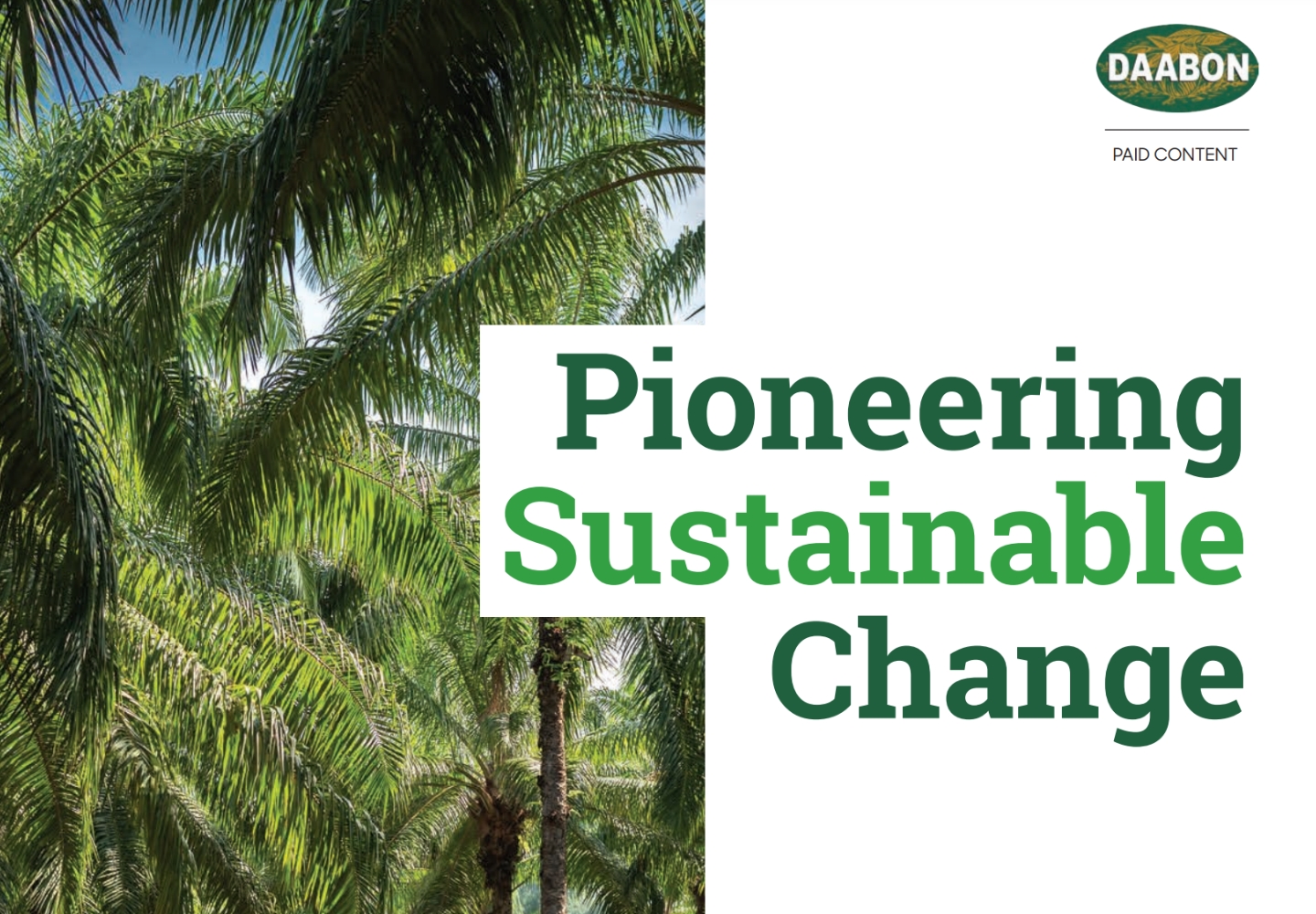Responsible Palm: Palm oil and Sustainability
Once sidelined as an unhealthy option for people and planet, sustainable palm is making a comeback as new research and practices prove old ways of thinking wrong.
In the past, palm oil has always been associated with deforestation and biodiversity loss. Every year, large tracts of tropical forests are converted into palm plantations. In Borneo, Indonesia it is estimated that more than 50% of the deforestation is linked to palm oil production. The damage caused by palm oil production in the past has been so significant that there have been calls to boycott the product in some markets.
But what is Palm oil, and why do we need it?
Palm oil is a vegetable oil product that is extracted from the fruits of the Elaeis guineensis – a species of palm commonly just called oil palm. It is also sometimes called African oil palm. Oil Palm trees can yield two types of palm oil – crude palm oil, which is extracted from the flesh of the palm fruit and the Palm Kernel oil, which is extracted from the crushed kernel, or pit in the middle of the fruit.
Palm oil is a very high-yielding crop. Oil palms can produce much more oil per unit of land area than any other oil-producing plant. On the average, oil palm produces roughly five times more per hectare compared to rapeseed, and ten times higher than soybean. But that is not all. Palm oil is rich in antioxidants, and is a great source of Vitamin E. Vitamin E is critical in keeping the immune system healthy and helps cells communicate. Studies show that getting enough vitamin E in your diet can reduce the risk of heart disease, certain forms of cancer, and age related macular degeneration.
Increasing demand for Palm oil
Palm oil is quite possibly the most consumed edible oil in the world today. Because of its high yield, it can support food security, as well as economic growth. Not only that, palm oil is also nutritious, versatile and shelf-stable. This is one of the reasons why you can find palm oil in almost anything – from shampoo and cosmetics, to chocolates and baby formula.
Making Palm Oil Sustainable
The demand for palm oil is increasing rapidly, and global producers are trying to keep up with the demand. Palm oil plantations are spreading across different parts of Asia, Africa and Latin America – literally anywhere the oil palm plant is able to thrive. The Malaysian Palm Oil Council argues that palm oil is simply the superior crop for its effective land utilization. And they have a point there. Because of its high yield, it potentially prevents more deforestation and biodiversity loss than if another oil yielding crop was farmed in its stead. This is backed by a 2018 study by the IUCN (International Union for Conservation of Nature) and seconded by Roundtable on Sustainable Palm Oil or RSPO.
Is it really possible to make palm oil sustainable?
There are many experts who are convinced that with proper management and the right processes, palm oil can be produced sustainably. In Colombia, growing oil palm on former cattle pasture land has been found to significantly reduce its carbon footprint.
One of the pioneers for producing sustainable palm oil, Daabon, is continually working to develop technology for sustainable palm oil production. They are also a staunch advocate in promoting awareness in sustainable palm oil production.
Some of what Daabon’s processes include farming on land that has already been cleared previously – ensuring that the palm oil plantation is deforestation-free. This makes oil palm plant farming possible without destroying the habitat of endemic and endangered species. Daabon also developed and currently employ renewable energy technology by converting wastewater into biofuel. Daabon is also conscious of the effect of greenhouse gas emissions and its connection to climate change. In order to decrease greenhouse gas emissions, Daabon employs organic cultivation techniques – and is working on achieving its zero emissions goal in the near future.






